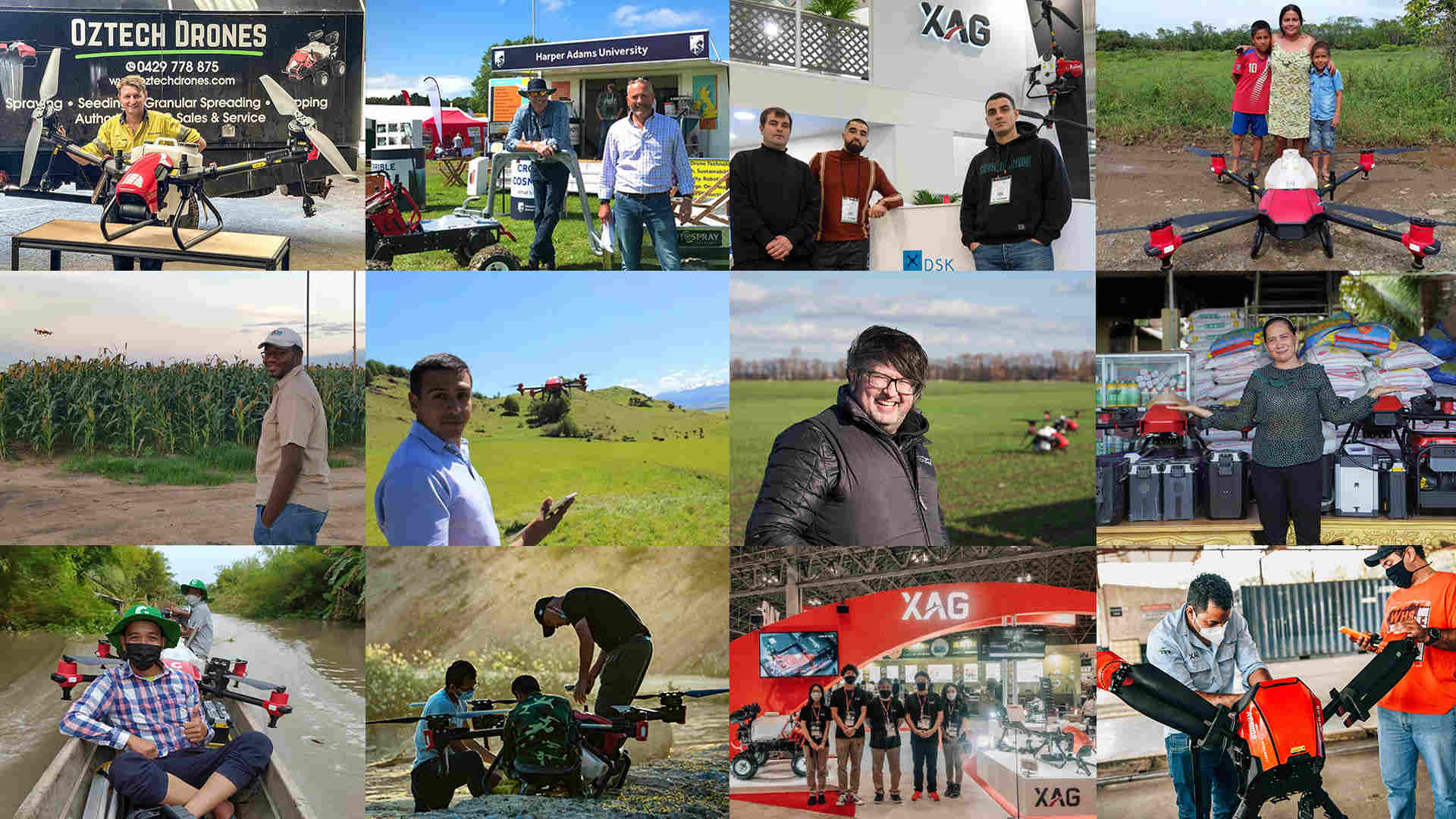- Home
-
Products
- News
- About
- Become a Distributor
Global - English


Over the past 20 years, agriculture as the world's oldest industry has undergone significant changes in many respects.
The five trends below indicate the ups and downs of our food journey as well as the prospects and challenges lying ahead of us. Facing epidemic, labour shortage and erratic climate events, farmers around the world always work hard to sustain production for an abundant food supply on our dining tables.
Besides the encouraging future outlook of agriculture, we should also pay attention to those signals of food insecurity. And we believe that technology can change the landscape of agriculture and increase farmers' resilience under uncertainty.
1. Agriculture value added went up 73% in the past 20 years
According to the FAO Statistical Yearbook of World Food and Agriculture, an increase of USD 1.5 trillion of global value has been generated by agriculture from the year 2000, representing a 73% growth rate which indicates the rapid development of global agriculture.

2. 27% of the global workforce were employed for agriculture
The number of people working in agriculture worldwide has reached 874 million since 2020, decreasing by 173 million compared to that in 2000. Workers are leaving the agriculture sector for urban jobs, and labour shortage becomes more urgent in rural areas.

3. A record-breaking increase in primary crop production
Total production of primary crops was experiencing a 53% increase in the past two decades. Over 9.4 billion tonnes of cereals, sugar crops, vegetables, oil crops, fruit, roots and tubers were produced on farms so far. Better farming practices and the use of high-yield crop varieties also play a vital role in boosting output.

4. At least 720 million people affected by hunger from 2019 to 2021
Despite promising growth in crop production, the number of undernourished people in the world continued to rise. Under the shadow of the COVID-19 pandemic and climate change, the prevalence of global undernourishment climbed to around 9.9% in 2020, declaring the urgency to fight against hunger.

5. Market value of precision farming is expecting an apparent growth
In the forecast of precision farming worldwide, the market value is expected to grow from approximately 5.5 billion to 12.84 billion U.S dollars from 2019 to 2026.
Agriculture is witnessing the rise of drones, robots and AI, which have become more and more popular on farm. Precision irrigation, precision spraying and fertilising, data management and field monitoring are reckoned to be the keys to enhancing farm productivity and crop yield. In many countries, government initiatives are helping farmers to embrace precision farming tools and smart agriculture solutions.
